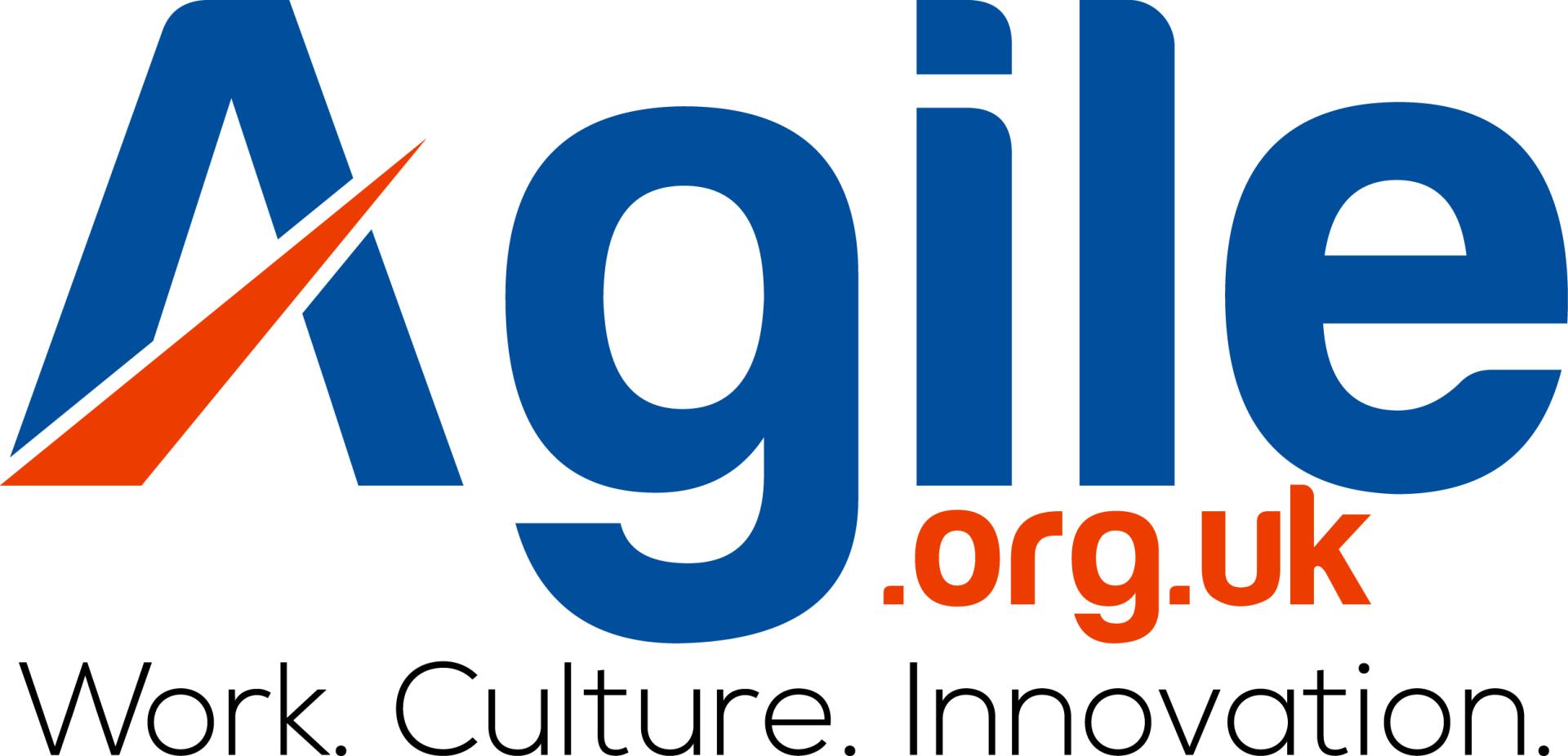If you work for a forward-thinking or innovative organisation, you’ve probably encountered agile working before.
This model aims to improve efficiency and minimise constraints on workers, allowing teams and individuals to pursue projects with ultimate freedom and creativity.
It differs from traditional working models in that teams and employees are often left to their own devices in order to achieve their goals, rather than working under extensive managerial oversight.
Just like any business model, agile working has a history; it was pioneered (among others) by an organisation known as the Agile Business Consortium, of whom you may also have heard if you’re immersed in this world.
Join us as we take a look at the Agile Business Consortium, what it is, what its mission statement is, and how it relates to the world of agile working.
The Agile Business Consortium: a brief introduction
According to the Agile Business Consortium’s website, the organisation was founded in 1994 as an attempt to combat “costly, rigid or unreliable software development methods”.
The goal was to create a new system that could make projects “more responsive” while still respecting their budgetary and time restraints.
This led to the creation of something called the DSDM Consortium, a not-for-profit collective that helped to shape what would become the Agile Manifesto in 2001.
In 2016, the DSDM Consortium rebranded to the Agile Business Consortium, and that’s what the organisation is today.
It describes itself as a “global leader in advancing business agility” with “unrivalled” expertise in the world of agile working. If you’ve implemented any kind of agile strategy on an official basis within your workplace, then you may well have encountered the Agile Business Consortium in some way, shape, or form.
What does the Agile Business Consortium do?
Per its own description, the Agile Business Consortium supports “new developments and thinking across the entire agile domain”.
This includes supporting agile individuals, as well as organisations, strategies, and governance methods that implement or pertain to agile working in any way.
Consortium activities include an annual conference at which outstanding agile organisations are awarded for their work, as well as ongoing work spreading the word about agile work via social media and online content.
In addition, the Agile Business Consortium’s LinkedIn profile speaks to its “pathways of formal and informal learning”; some of the support it affords to agile work includes “rigorous, independently validated certification”.
As such, if you want some kind of official recognition that your company is implementing agile work successfully, then it’s probably the Agile Business Consortium to which you want to apply.
As well as the above, the Agile Business Consortium also regularly commissions research regarding agile work and the wider world of entrepreneurship, and it’s at the heart of attempts to expand the reach and influence of agile work.
It’s the hope of the Agile Business Consortium that agile work be adopted by any workplace or organisation that would benefit from it, and most of the Consortium’s efforts work towards that goal.
What is the Agile Manifesto?
On your travels, you might have come across the Agile Manifesto, especially as it pertains to the Agile Business Consortium.
These twelve principles underpin everything the Consortium does; they’re the “commandments” of its operation, and they’ll be at the heart of whatever agile framework your company employs.
You can view those twelve principles here via the official Agile Manifesto website.
They include “early and continuous delivery of valuable software”, as well as frequent deliveries of software, building projects around highly motivated people, and emphasising simplicity over complexity.
This, according to the Consortium, allows organisations to “make important decisions and carry out important work quickly and safely”.
What are the benefits of agile working?
The Agile Business Consortium says that agile working benefits organisations because when they adopt this model, they work more quickly and to a higher standard.
According to the Consortium, this approach “delight[s]” customers because it delivers what they want faster and with better value for money.
This also feeds into improved profits for the organisation, as well as better employee motivation overall. After all, if customers are happy, then it stands to reason that employees should be proud of the work they’re doing.
Agility is, according to the Agile Business Consortium, also a holistic approach that has beneficial effects in pretty much all areas of a company’s operation, including finance, HR, and project management.
In short, if you’re adopting an agile model, you’re generally improving the standards of your organisation and making sure that your software development process is cleaner, more efficient, and more beneficial to all involved.
Are there any drawbacks to agile working?
While agile working arguably has very few drawbacks if it’s implemented correctly, an incorrect approach to this innovative model could potentially result in some issues.
For instance, while agility de-emphasises managerial oversight, a bad version of agile working simply leaves employees alone with no direction and no recourse if they get stuck or need help.
Some managerial intervention is naturally required when employees need it, so make sure that you’re not just abandoning your people to work without any kind of assistance.
In addition, if your working culture hasn’t adopted agile principles, it can be jarring and difficult to make the switch, so a smooth implementation is essential. Make sure to read up on agile working practices as much as you can before you enter the world of agility.












